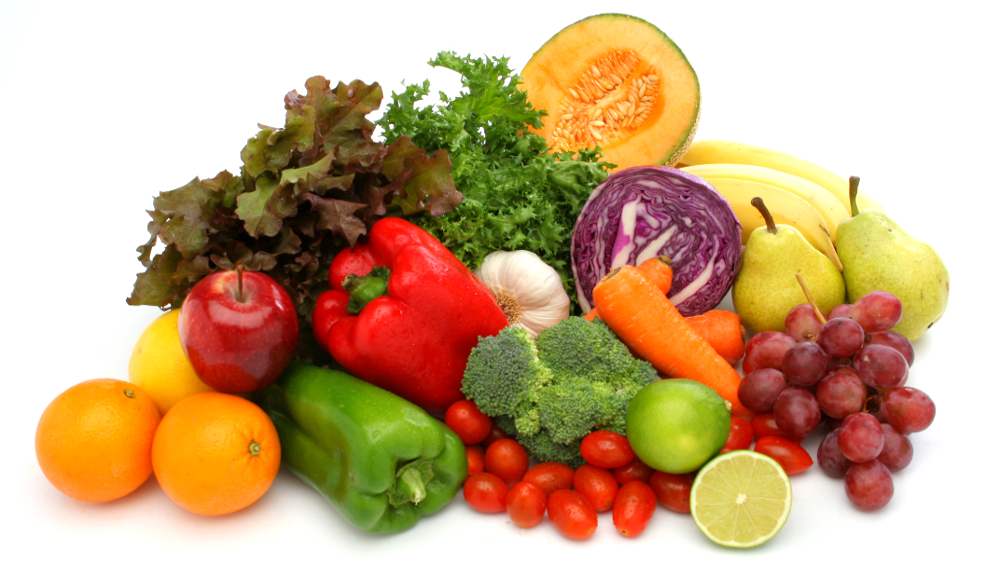European experts and commercial growers have listed a series of recommendations to help reduce the risk of produce contamination.
A workshop in 2019 featured researchers, regulators, growers and other stakeholders to examine best practices to control human pathogenic microorganisms in plant production systems.
The meeting was hosted by Teagasc, the Irish Agriculture and Food Development Authority, and a summary report was published in December 2021. Fifty participants included researchers in food, plant and soil microbiology, agricultural production, horticulture, microbial pathogenicity and virulence, risk assessment, and food safety management.
Kaye Burgess, from the Teagasc food safety department, said: “There is an increased emphasis on and observance of foodborne diseases associated with fresh produce, due in part to changes in the processing, agronomy and distribution of fresh produce, but also in the increasing trend for the consumption of minimally processed and raw, ready-to-eat crops.”
Participants recognized the positive effects of fruit and vegetable consumption on health. However, growers were often unclear on how often fresh produce is responsible for foodborne illness and the importance of the issue. Experts said providing outbreak statistics and product withdrawal examples would assist in communicating the scale of the problem.
There were differences in understanding on language and terminology between different people including the definition of a risk versus a hazard.
Advice to growers
Michael Gaffney from the Teagasc Horticultural Development Department, said recommendations are aimed at growers, regulators, advisors and scientists.
“The workshop assessed the current European situation in relation to the safety of horticultural produce under three themes; protecting fresh produce from microbial pathogens; control strategies and sampling; and risk assessment and risk based sampling,” Gaffney said
For growers, recommendations include communication on the need to prevent initial contamination of produce through good microbiological safety, using on-farm risk assessments, and a focus on avoiding contamination rather than a reliance on decontamination. This can be achieved by adopting good agricultural practice and good hygiene into standard operating procedures on farms, said experts.
Some farm management practices can introduce pathogens into crops. Examples of mitigation measures are microbiological assessment of the environment such as soil and water, fencing crops, toilets and handwashing stations for workers, appropriate sick leave policies, cleaning and disinfection of equipment, and keeping produce off the floor.
Microbiological hazards are well identified but the significance of each one in contributing to pathogen contamination differs between farms, which impacts hazard identification and mitigation approaches. Sampling of produce, while informing validation control processes and risk assessment, does not guarantee safety and should be risk-based, the experts wrote.
Tips for other parties
Advice to regulators and advisors included balancing communication messages to growers on what is required of them, but also clearly explaining why it is necessary. Additional support would be beneficial to growers in some countries, particularly smaller operations, with staff training on the importance of biological safety, especially in sectors where employee turnover may be high and there are different languages spoken, according to the report.
Recommendations to scientists included a focus on developing clear recommendations that growers can implement.
Experts agreed that efforts are needed to develop sensitive rapid detection techniques and tests that growers can use themselves to test water and produce for indicators of microbial pathogens. Additional research is also desired on the potential impact of no or reduced packaging trends and the risk of extreme weather events.
Emerging risks, complexity of distribution networks, global availability, climate change, consumption trends, and impact of agricultural practice biodiversity were some knowledge gaps identified.
FAO/WHO meeting summary
Meanwhile, other specialists met virtually in 2021 to discuss microbiological hazards, including E. coli, in fresh fruits and vegetables.
The purpose of the Joint FAO/WHO Expert Meeting on Microbiological Risk Assessment (JEMRA) was to collect and review measures for controlling hazards from primary production to point-of-sale in fresh, ready-to-eat, and minimally processed fruits and vegetables, including leafy vegetables.
Experts from the United States included Elizabeth A. Bihn, Faith Critzer, Tong-Jen Fu, Kali Kniel, Jose Emilio Esteban, Jenny Scott, Christopher Adam Baker and Michelle Danyluk.
Emphasis was placed on identification and evaluation of solutions to reduce microbiological risks that result in foodborne illnesses. Experts noted that surveillance and outbreak data from many countries, including developing nations, was generally sparse, or missing altogether.
Participants developed tables with microbiological hazard, commodity, year, country, cases, level of contamination, region, and references to update data, but pathogens were not ranked because of the lack of illness and outbreak data.
Experts concluded that some commodities such as leafy vegetables, herbs, sprouts and cantaloupes remain leading causes of produce-associated infections but noted that anything can become contaminated, as shown by the 2021 outbreak involving fresh onions in the United States. that outbreak had sickened almost 900 people as of the end of the year.
Scientific advice and recommendations from the meeting will help development of guidelines and codes of practices for the prevention and control of microbial hazards in fresh produce, according to the report. Subsequent meetings will focus on sprouted seeds and other commodity-specific proposals.
(To sign up for a free subscription to Food Safety News, click here.)

